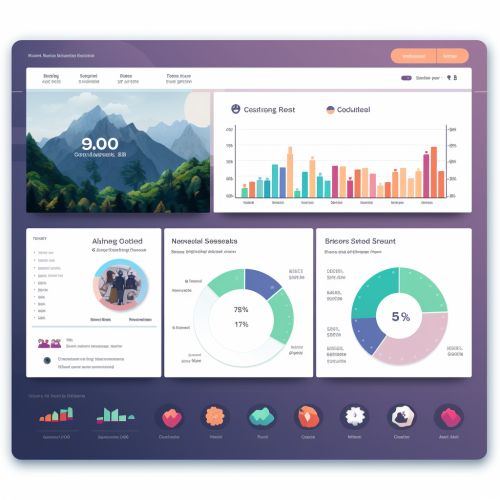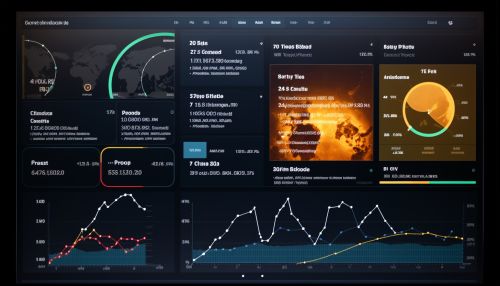Self-Service Business Intelligence
Overview
Self-Service Business Intelligence (SSBI) is a set of tools and techniques that allow individuals in an organization to access and work with corporate data even though they do not have a background in statistical analysis, business intelligence (BI) or data mining. SSBI has made it possible for non-technical professionals to generate reports, perform data visualization, and conduct analytics. This approach to business intelligence is designed to make data analytics more accessible to the average business user and less reliant on the IT department.
History
The concept of self-service in business intelligence has been around since the late 1980s, but it was not until the advent of advanced data warehousing techniques and improvements in data visualization software in the late 2000s that it became a practical reality for many businesses. The evolution of SSBI has been driven by a combination of business needs and technological advancements.
Principles
The primary principle of SSBI is to empower business users to access and analyze data on their own, reducing the need for specialized IT skills and resources. This is achieved through the use of intuitive, user-friendly tools that allow users to extract, analyze, and visualize data in a way that can inform decision-making processes.


Benefits
The benefits of SSBI include increased agility, reduced reliance on IT, and the ability to make faster, data-driven decisions. By providing business users with direct access to business data, SSBI allows for more timely and relevant insights. This can lead to improved operational efficiency, better customer service, and a competitive advantage in the market.
Challenges
Despite its benefits, SSBI also presents several challenges. These include data security concerns, the potential for inaccurate analysis due to a lack of technical expertise, and the risk of creating data silos. It is therefore crucial for organizations to implement appropriate governance strategies when adopting SSBI.
Tools
There are numerous SSBI tools available on the market, each with their own strengths and weaknesses. Some of the most popular include Microsoft Power BI, Tableau, and QlikView. These tools offer a range of features, such as data visualization, data preparation, and advanced analytics capabilities.
Future Trends
The future of SSBI lies in the integration with other emerging technologies such as artificial intelligence (AI) and machine learning. These technologies can help to automate the data analysis process, making it even easier for non-technical users to gain insights from their data.
